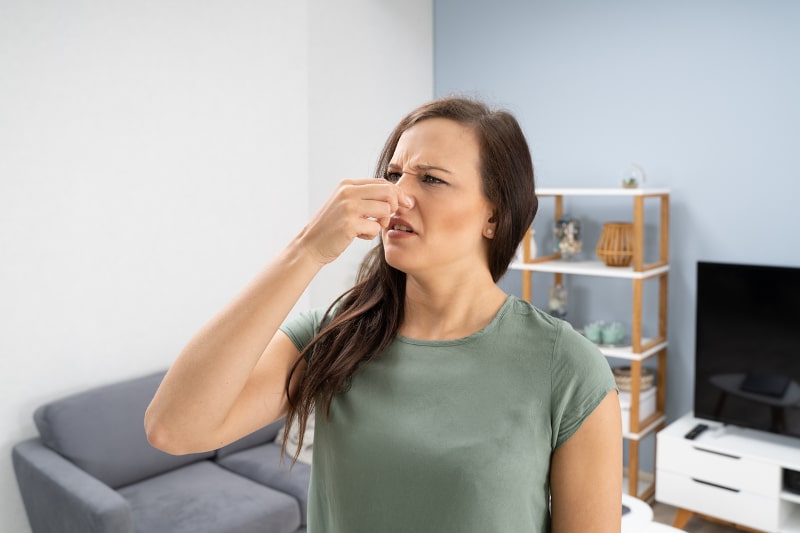An inefficient heat pump increases repair and energy expenses and costs you peace of mind. If you detect any unusual smells from your system in Berlin, MD, it is highly likely your heat pump run has run into some problems. Read on to discover what different heat pump odors mean.
Burning Smells
Multiple issues may cause your heat pump to emit a burning smell. Usually, an HVAC service technician can solve these issues. However, if you notice any smoke or fire, it is essential to evacuate everyone and reach out to the fire department. One of the common reasons for this smell is burning dust. Typically, dust settles on the heat pump’s parts when the system sits idle for too long.
When you turn it on for the first time after a long while, the parts warm up and burn the dust, resulting in a burning smell. If burning dust is the cause of the smell, it should go away after a few hours. Consider scheduling regular heat pump maintenance to have all your system parts cleaned.
Additional Burning Smells
A dirty air filter can restrict airflow, causing your heat pump components to strain. Overstraining will cause the equipment to overheat, resulting in a burning smell. An electrical issue can also cause your heat pump to produce a burning smell. The rubber that coats the system wires could be burning, releasing this odor. If the wires continue to burn, your circuit breaker may trip and cause further damage. The result would be reaching out to a reliable HVAC company and an electrical contractor.
Another reason could be if there’s too much friction between the moving parts. Friction occurs if the parts do not have sufficient lubrication. During a seasonal maintenance visit, your HVAC service technician will lubricate any and all moving parts and evaluate them for wear and tear.
Biological Growth
Supplemental odors can occur when biological contaminants grow on your heat pump components, including the outdoor unit. The heated air from your heating and cooling system passes over these contaminants and absorbs the smell before entering your indoor airspace.
They grow and flourish on surfaces that are not 100% dry. If your heat pump isn’t disposing of the moisture it draws from the air properly, it may stagnate and promote the growth of pathogens.
These contaminants release spores that make their way into your home and interfere with indoor air quality. To protect your loved ones from the adverse effects of poor air quality, allow a service technician to unclog any blocked drain lines. At the same time, research different products that promote healthy indoor air.
Rotten-Egg/Sulfuric Smells
During the colder months, small animals, such as rodents and birds, look for warm spaces to escape winter temperatures. Unfortunately, these animals may end up trapped in your heat pump. Consequently, they can starve to death, leading to their bodies decomposing, which causes a rotten egg smell.
The smell could also result if your gas line leaks. The gas may enter your ducts and circulate in your home. Usually, gas doesn’t smell, but gas companies add odor-causing substances to help homeowners know whenever they have a leak. If you have a gas leak in your home, open the windows, ensure everyone gets out quickly, and reach out to your local HVAC and gas companies.
A Gunpowder Smell
An overheated fan motor can cause a gunpowder odor. Circuit board issues may also cause the smell. Do not attempt to fix your system’s components, as you may harm yourself or cause damage to these parts. Always seek the help of a professional.
Since 1898, Griffith Energy Services has repaired, replaced, and maintained an infinite number of HVAC systems, including heat pumps. Our service technicians have the necessary knowledge and experience to repair any and all heating and cooling systems. Contact our team today for exceptional HVAC services.
Image provided by iStock




